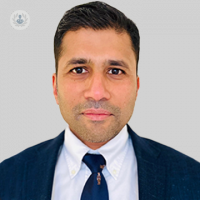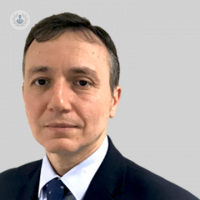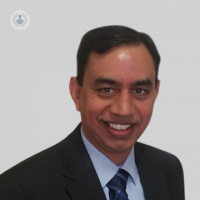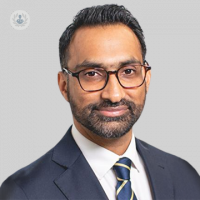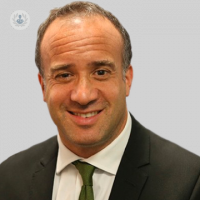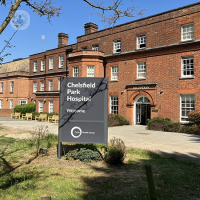Hypogonadism
Dr Anand Velusamy - Endocrinology, diabetes & metabolism
Created on: 11-13-2012
Updated on: 05-23-2023
Edited by: Sophie Kennedy
What is hypogonadism?
Hypogonadism, also known as gonad deficiency or testosterone deficiency, occurs when the body's sex glands - the testicles in men and the ovaries in women - produce little or no sex hormones (testosterone and oestrogen). The sex glands are responsible for controlling secondary sexual characteristics, such as the development of breasts in women and the growth of facial and pubic hair in men. They also play a significant role in the production of sperm and the menstrual cycle.

How serious is hypogonadism?
The symptoms of hypogonadism can be treated in different ways, so it usually has a good prognosis.
What are the symptoms of hypogonadism?
The symptoms of hypogonadism will depend on when the condition occurs:
- During foetal development: a delay in the growth of external sexual organs may occur and cause a male to have female genitalia, unclear genitalia or underdeveloped male genitalia.
- At puberty: when puberty is delayed or hasn’t development completely, for males it may result in alterations in the growth of body hair, delayed voice change, stunted growth of the sex glands, gynecomastia (enlarged breast tissue in males) or excessive growth of the arms and legs in relation to the rest of the body. For females, symptoms may include an absence of menarche (onset of menstruation) or slow breast growth.
- Adult stage: these symptoms will include changes in normal reproductive functioning or physical characteristics: For men this includes, loss of beard and body hair, erectile dysfunction, osteoporosis, gynaecomastia, decreased muscle mass and sterility. For women, this may include, hot flushes, loss of body hair, low or absent sex drive and lack of menstruation.
How do you diagnosis hypogonadism?
To diagnose hypogonadism, a series of tests can be performed, including:
- checking the oestrogen levels in women and testosterone in men
- measuring the follicle-stimulating hormone and luteinizing hormone
- blood tests
- genetic tests
What are the causes?
The origins of this disorder can vary and may include hereditary factors, some types of surgery, autoimmune diseases, kidney or liver problems and infections.
We generally differentiate between two types:
- Primary hypogonadism: this means you don’t have enough sex hormones in your body because of a problem with your genitalia’s ability to produce such hormones.
- Central hypogonadism: this is caused by a problem in certain parts of the brain. The hypothalamus and pituitary gland, which communicate with the testes or ovaries, aren’t working properly.
It is possible to suffer primary and secondary hypogonadism at the same time.
How can hypogonadism be prevented?
As for the prevention of hypogonadism, we usually try to act on some of its risk factors while maintaining good physical health and healthy eating habits.
Treatment for hypogonadism
If you’re female, hypogonadism can be treated with hormone-based medications. In addition, some women may undergo oestrogen therapy by the use of injections or pills to stimulate ovulation. In some cases, surgery or radiotherapy may be necessary.
If you’re male, testosterone replacement therapy is a popular treatment. This type of therapy comes in various forms, including injection, patch, gel or lozenge. Injections of the gonadotropin-releasing hormone may promote puberty and/or increase your sperm production.
Which type of specialist treats hypogonadism?
Hypogonadism is treated by specialist endocrinologists and urologists.
